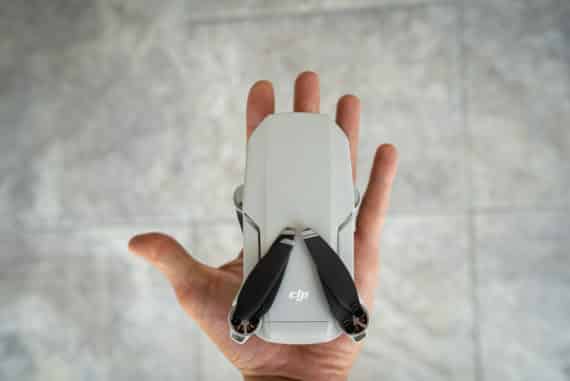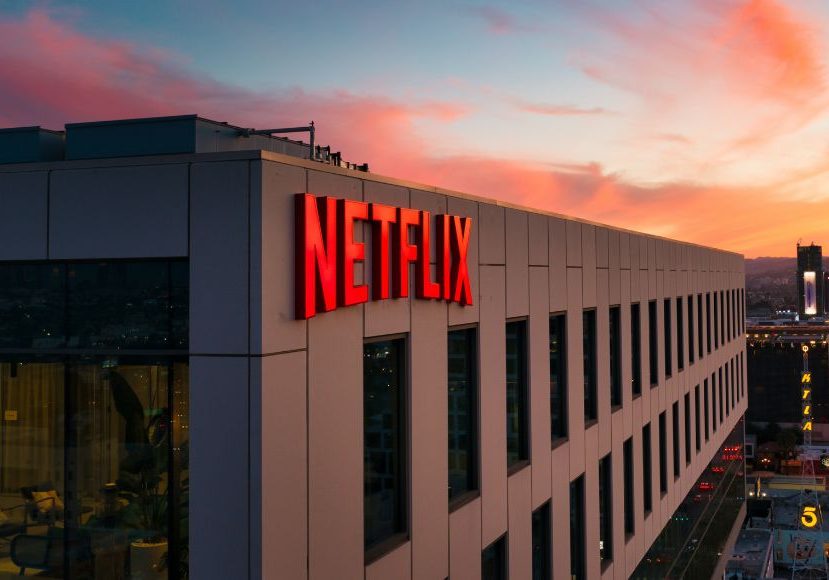
13 Best Netflix Approved Cameras in 2023
Discover the top cameras endorsed by Netflix, ensuring cinematic quality and compliance with the platform's stringent production standards.
This guide to Netflix-approved cameras will help you capture the best video shots for your Netflix Partner Project.
Working with a huge streaming platform of Netflix’s caliber is a dream come true for many cinematographers.
However, you can’t use just any camera in your kit and hope for the best.
To help you choose the right camera for Netflix, we’ll go over the capture requirements and the approved picks.
We’ll also check out when (and how) you can go with something non-approved.
Netflix-Approved Cameras: Explained
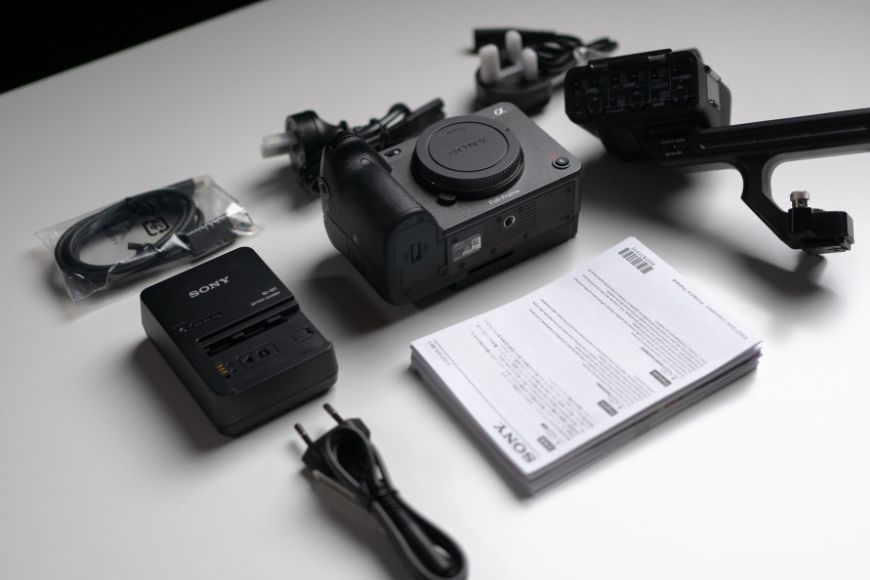
Before we dig into the best cameras on the list, let’s see why you need to bother with Netflix’s approval in the first place.
What Does Netflix-Approved Camera Mean?
Netflix aims to create exceptional visual experiences in their Partner Projects.
While there are no hard and fast rules to shooting great scenes, the streaming company tries to monitor the quality and consistency between original productions.
To do that, camera system specialists at Netflix put some of the best releases on the market to the test.
They evaluate everything you can think of, from the dynamic range to the key workflow requirements.
Plus, Netflix collaborates with movie creators and manufacturers to come up with helpful guides for selected models.
Then, creatives are required to capture no less than 90% of the program’s total runtime with one of the approved cameras.
The company tends to give more leeway for nonfiction content, though. For reference, the nonfiction genre used to follow a hard limit of 80%, but Netflix removed this requirement back in 2019.
What Is the Minimum Camera Requirement for Netflix?
4K capture is important, but it’s not the only thing Netflix productions need in a camera.
For a model to even be considered for approval, it needs the following minimum requirements:
- 10-bit depth
- 240 Mbps data rate at 24 FPS
- 3840 photosite capture width
- High-quality capture (lightly compressed RAW, uncompressed RAW, or intraframe-based codec with 4:2:2 chroma-subsampling)
- Scene-referred color space
- Scene-referred transfer
- Dedicated metadata timecodes
Netflix-Approved Camera List: Our Top 13 Picks
So far, there are nearly 60 options on the cameras list, and Netflix keeps on updating the selection.
While we can’t go over the nitty-gritty details of each and every camera, we can share some highlights.
Here are our top picks sorted by manufacturer:
Netflix-Approved Cameras: Sony
1. Sony FX3
First up, we have a compact, affordable camera from Sony’s Cinema Line.
Sony released firmware v.2.0 for the FX3 back in 2022.
The updated model offered Cine EI log shooting mode and customizable Look Up Tables (LUTs). Sony also adjusted the metadata display for a more clear view of the shot.
Clearly, the update worked well because shortly after it, Netflix decided to add the FX3 to its list with recommended UHD (3840X2160) and XAVC S-I (4K) format.
2. Sony FX6
For a mid-range choice, the FX6 checks all the right boxes, and it’s a great pick for someone who wants to transition out of mirrorless lines.
In terms of controls and ergonomics, it’s a close match to professional cinema cameras. It also features a full-frame, back-illuminated CMOS Exmor sensor, and ultra-high sensitivity ISO.
Some people even consider the FX6 to be an alternative to non-approved a7S III.
For reference, it does use the BIONZ XR processing engine that Sony used first on the Alpha model. You’ll also find the Alpha’s Fast Hybrid Auto Focus (AF) feature here.
That said, the camera doesn’t support internal raw recording. Netflix recommends that you use the FX6 in XAVC-I (4K).
3. Sony FX9
The PXW-FX9 is an older (yet more expensive) model than the FX6.
Both cameras have a lot in common, but the FX9 stands out with its 6K oversampled sensor. Plus, its audio performance caters more to interview setups than action.
Just note that the FX6’s square-is shape can make it a better fit for shooting with a gimbal compared to the traditionally shaped FX9.
4. Sony FR7
The Cinema Line FR7 full-frame is the most recent addition to the Netflix-approved camera list. It also happens to be the first Pan-Tilt-Zoom (PTZ) model to make it to the list.
A neat perk here is that the wide-range compatibility with Sony’s E-mount line-up comes in handy for cinematography.
Overall, the FR7 shares a lot of the FX6’s features (like the CMOS sensor, Fast Hybrid AF, SLog3). It’s also best used with XAVC-I (4K) recording format.
Netflix-Approved Cameras: Canon
5. Canon EOS C70
One of the best hand-held rigs on the list is the Canon EOS C70—it’s compact, versatile, and features a Super 35mm Dual Gain Output (DGO) sensor.
It can shoot full 4K up to 120 fps and has a dynamic range of 16+ stops. Additionally, there’s improved face detection autofocus on the new firmware update.
For recording formats, you have two main options: Cinema Raw Light using the C70 or the XF-AVC (4K).
Both formats are okay for Netflix Originals.
6. Canon C300 Mark III
If you’d rather not use the Canon EOS C70’s DSLR-like form factor, the C300 could be a better, modular alternative.
Much like the C70 powerhouse, this one has a DGO sensor.
However, the C300 MK III can deliver 810 Mbps on XF-AVC, while the C70’s maximum data rate is 600 Mbps only.
7. Canon C500 Mark II
The C500 MK II is one of two Netflix-approved cameras that you can use for anamorphic capture—the other one is the expensive C700 FF.
Still, the C500 MK II’s 5.9K full-frame sensor is great for both high-res RAW capture and oversampled 4K content.
Netflix-Approved Cameras: Panasonic
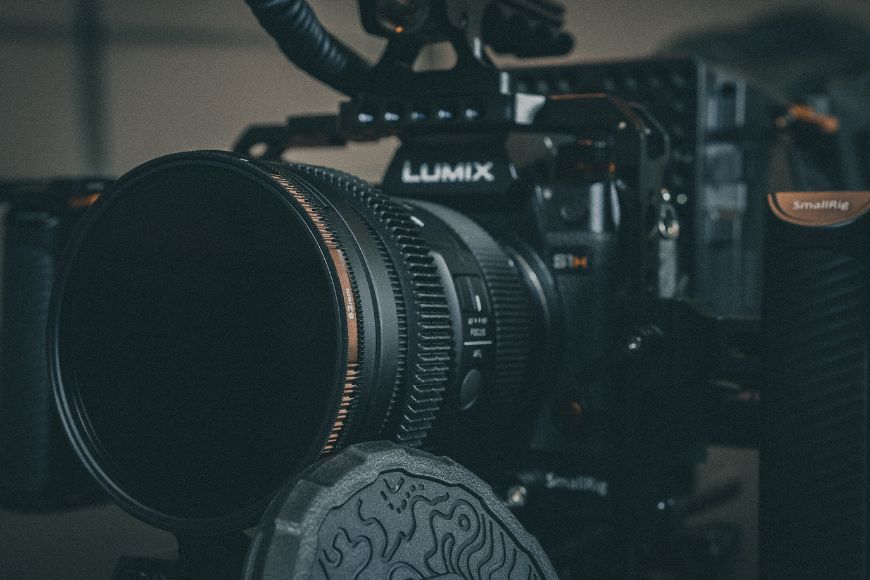
8. Panasonic S1H
The VariCam 35, LT, and Pure are all approved by Netflix, but they can be too expensive for the average filmmaker.
Thankfully, the mirrorless S1H offers some of the VariCam’s high-end performance at the affordable price points of the Panasonic Lumix line-up.
It’s got the MOS sensor, 14+ stops, and Dual native ISO.
An extra appeal here is that the body is quite versatile. You could use the S1H as a hand-held camera, fit it on a gimbal, or attach it to a drone—the modular design is dust and freeze-resistant, after all!
The S1H can also shoot 6K, but Netflix recommends using it in 4K capture. For best results, use the 422/10bit/All-I 400 Mbps recording format.
Side note: If you want something close to the non-approved Lumix S5 II, the S1H can be a perfect pick.
9. Panasonic BS1H
The BS1H is a boxy version of the full-frame S1H.
At the core, both models have the same components.
The most obvious difference is that the BS1H lacks the screen and viewfinder. But it’s also missing the internal body image stabilization (IBIS) mechanism.
Still, it’s a flexible option for filmmakers on a tight budget.
Netflix-Approved Cameras: Other Manufacturers
10. RED Komodo 6K
Netflix’s camera list has nearly 20 RED models. Yet, the Komodo 6K remains a popular pick, especially for documentaries.
For one, the relatively small body makes the camera fit for smaller gimbals. However, the compact form factor doesn’t compromise the power of the Global Shutter sensor.
Note that Netflix specialists prefer REDCODE RAW (HQ and MQ) formats for the Komodo, and the LQ won’t cut it.
11. Blackmagic Design URSA Mini Pro
Blackmagic Designs’ Mini Pro 4.6K G2 camera is equipped with a Super 35 sensor, a built-in ND filter, and a 15-stop dynamic range.
While it does support ProRes codecs, you’ll be better off using the Blackmagic RAW options (up to a bitrate of 8:1) for your productions.
12. ARRI Alexa Mini LF
ARRI’s flagship large-format camera, the Alexa Mini LF, was launched in 2019 and quickly became a hit for high-end productions, thanks to its top-notch “Reveal” color management.
In fact, the pre-production prototypes were used by cinematographers like Roger Deakins, Tom Stern, and Greig Frase.
It’s no wonder that Netflix added the mini version of the ARRI Alexa LF to its list shortly after the launch date.
Currently, it’s the fourth approved ARRI camera, and they’re all suitable for anamorphic imaging.
Of course, the Alexa Mini LF, much like other ARRI cameras, is extremely expensive.
You might want to consider renting the body instead of buying it. Before you do, check out the simulator to familiarize yourself with the body and display.
13. Panavision DXL2
Finally, we have the anamorphic-approved 8K Millennium DXL2, the only approved camera by Panavision.
Back when the camera was known simply as the DXL, Netflix’s recommended format was REDCODE RAW (up to 6:1). However, with the update, the format was pumped up to 8:1.
The DXL2 has already been used on Netflix hits like Firefly Lane and Hubie Halloween.
The catch here is that Panavision doesn’t sell any of its cameras—they’re only available for rent and are rather pricey!
Tips for Using Netflix-Approved Cameras
Picking up one of the approved options for filmmakers doesn’t guarantee good results, but Netflix provides extra guidance on using the cameras.
So far, all cameras on the official list (except the Sony F65 and the Panasonic AK-UC4000) have guides with the best practices, required firmware updates, and ideal capture settings.
Yet, Netflix camera specialists have a few more tips to consider, such as:
- Regularly black shade/balance according to the manufacturer’s guidance.
- Discuss the aspect ratio with the Netflix creative team beforehand.
- Test color space transformations.
- Avoid spanned clips (single takes recorded on multiple cards) as much as possible.
- Make sure all external recorders are in line with the minimum requirements.
Tips for Using a Non-Approved Camera
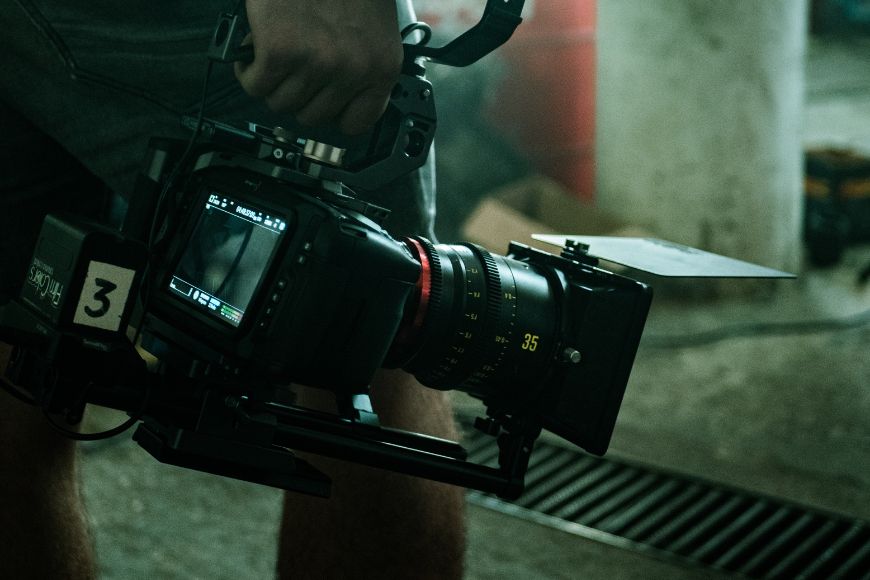
While Netflix’s selection is quite diverse, you might need to go off-list for some situations. Think drones and crash cams.
In cases like this, Netflix has a 10% run-time allotment, which means that you can use smaller non-approved UHD cameras for limited shots.
Creatives often use DJIs, GoPros, or the Phantom Flex 4K.
Even then, there are some tips and regulations to keep in mind, including:
- Check the preferred recording format and resolution for the popular non-approved cameras.
- Watch out for overheating during long takes.
- Make sure you’re capturing the native color space and not defaulting to Rec.709 or sRGB.
- Run any non-standard file naming conventions by your Netflix Post Manager.
- For a “lo-fi” look, try adding the effect in the post-production phase rather than using a non-approved vintage camera.
FAQs
What is the cheapest Netflix-approved camera?
The Panasonic S1H and BGH1 are both highly affordable options. Other relatively budget-friendly picks to consider are:
- Blackmagic URSA Mini
- Canon EOS C70
- Sony FS7
Keep in mind that you still need to budget for lenses and the essential additions, from the tripods to the monitors.
Is there a Netflix-approved iPhone camera?
So far, there are no approved iPhones that match the image capture benchmarks. That being said, Netflix does provide a guide for using the iPhone 12 Pro as a non-approved camera.
It’s also worth noting that some Netflix features have been filmed entirely on smartphones, like High Flying Bird (iPhone 8).
Is there a Netflix-approved drone camera?
It’s possible to use lightweight approved cameras like the S1H or the FX6 on Cinelifters.
Alternatively, you can use non-approved GoPros or a DJI. Just make sure you stick to the 10% allotment in this case.
Is Blackmagic 6K Netflix-approved?
No, the Blackmagic 6K isn’t on Netflix’s list of cameras. However, it can still perform nicely.
In fact, Marshal Adams, the cinematographer behind Better Call Saul, used an affordable Blackmagic as a gimbal camera for risky shots in season one and upgraded to a 6K Pro later.
Is the BMPCC 4K approved by Netflix?
No, the Blackmagic Pocket Cinema Camera 4K isn’t Netflix-approved.
Are any Blackmagic cameras Netflix-approved?
Yes. While the Pocket Cinema Cameras aren’t approved, you can choose from four Blackmagic Design URSA models (Mini 4.6K, Mini Pro 4.6K, Mini Pro G2 4.6K, and Mini Pro 12K OLPF).
Is the Alexa 35 Netflix-approved?
Yes, the ARRI Alexa 35 and 65 are both included on the list alongside the Alexa Mini LF and the full-sized Alexa LF.
What resolution does Netflix accept?
Netflix requires a UHD resolution of at least 3840 for its originals.
Note that you might need extra resolution if you’re working with anamorphic lenses. That’s why it’s best to stick to Netflix’s recommended uses for each camera.
How many Netflix-approved Sony cameras are there?
Currently, there are 14 approved Sony models, ranging from the Venice to the HDC-F5500.
That said, only three are approved for anamorphic capture (the Venice, Venice 2 6k, and Venice 2 8K).
Which was the first Netflix-approved mirrorless camera?
The Panasonic S1H was the first mirrorless camera to pass Netflix’s evaluations, joining the list in October 2019.









